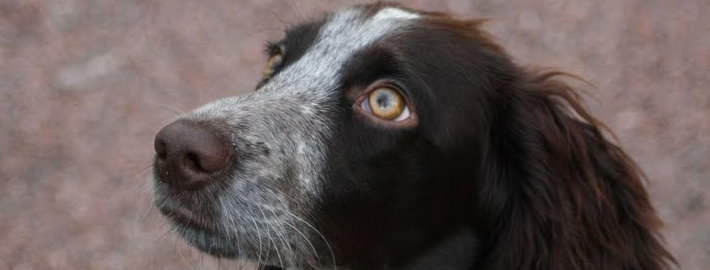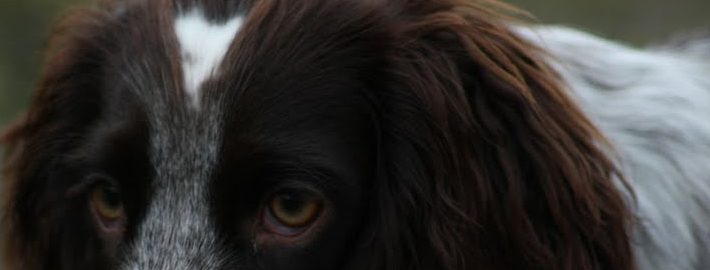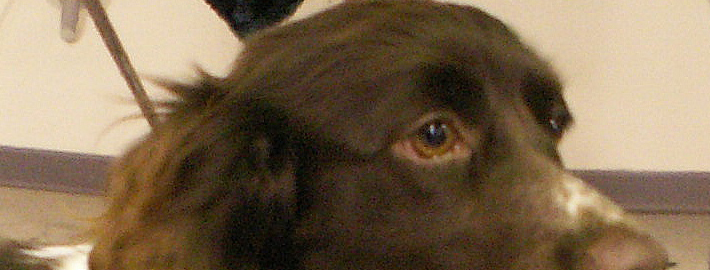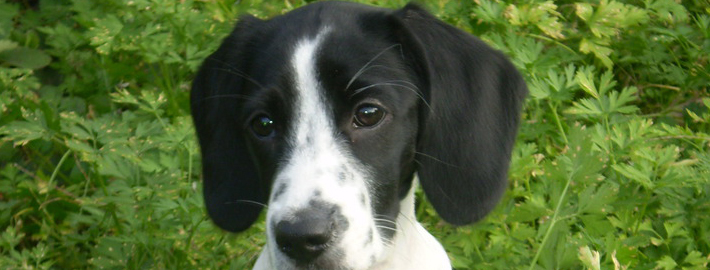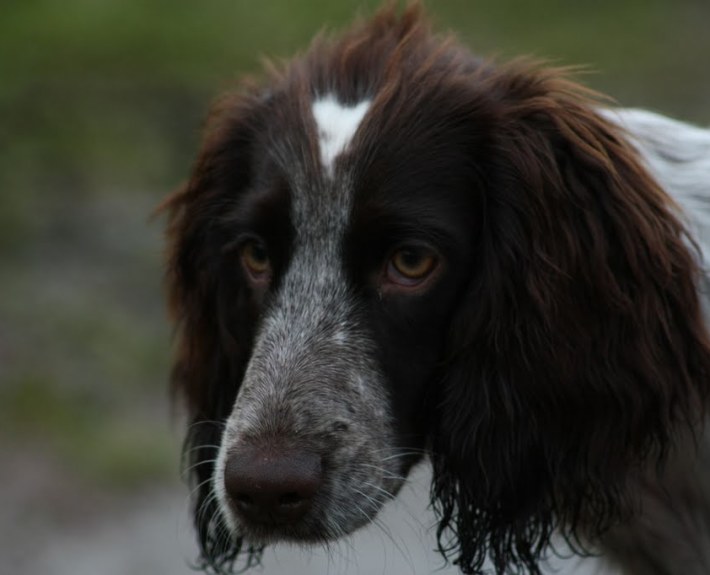What makes the Russian Spaniel Unique?
Russian Spaniel was the first spaniel to be standardized in the Soviet Union, after World War II. The dog is a highly energetic and free-spirited breed. It’s easy going nature and devotion towards its masters makes it a good companion dog. A cheerful and active canine, the Russian Spaniel is easily trainable and hence, makes a good watchdog.
Breed Groups
Page Contents
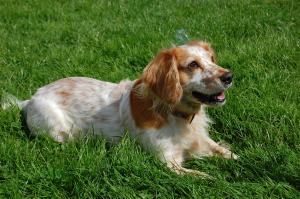
Is the Russian Spaniel Right For You?
A high prey drive, the innate desire to retrieve, the ultrasensitive scenting ability, persistence, strength and immense stamina… these are the desirable qualities sought by hunters in an outstanding hunting dog. The Russian Spaniel is a rather small breed but people who have come to know the dog would attest to the fact that the dog undoubtedly has all the aforementioned qualities. A Russian Spaniel needs very little training as it has an inborn hunting ability. This breed is a truly wonderful hunting partner. A variety of water fowls and birds, hare and rabbits and mountain goats are the usual quarry of this breed.
In 5 Words
- Devoted
- Good-natured
- Amiable
- Friendly
- Affectionate
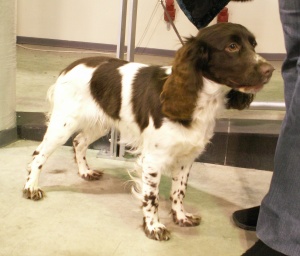
Characteristics
Learn About the Russian Spaniel
Description
General Description
The Russian Spaniel is a relatively small dog with a height at the withers of 38 – 45 cm (15 – 17 3/4 inches). However, the small size does not affect the ability of this dog with a strong, well built, slightly elongated croup and long muscular legs, to work as well in the field as other much larger gun dogs. The Russian Spaniel’s coat is skintight, not too long, with wavy fringes on the back of the legs and on the ears. Colors are usually white with dark (black, brown or red) spots and speckles. Head and ears are usually dark in color as well. Other coloring is allowed, and can vary from solids to tricolors. The Russian Spaniel has all the field qualities necessary for a gun dog: stamina, great sense of smell, energy during the search, persistence and inborn willingness to retrieve. These dogs start to work early in life and do not require a lot of training. The goal of a Russian Spaniel during the hunt is to seek out the bird, bring it up into the air, and after the shot and on command to retrieve the game. They are well equipped for the hunt of a marsh, field, woodland, arid-land bird and waterfowl as well as rabbits and other small game. Aside from the Russian Spaniels’ hunting abilities, these dogs are great family pets: playful, loyal, great with children and can even perform the duty of a guard dog when necessary.
Short History of the Russian Spaniel
The Russian Spaniel originated in Russia during the late 1800’s. In that year, an English Cocker Spaniel was shown in the country for the first time. Afterward, the breed began to be imported in large numbers into the country so that they could be used for hunting. Once in Russia, the English Cocker Spaniel began to be tinkered with to improve its skill in this area. After careful natural selection, the Russian Spaniel was born. The breed was standardized in 1951 and since then the breed has been carefully maintained through selective pairings. The Russian Spaniel made its way to North America when its owners moved to the U. S. and Canada.
The Russian Spaniel Club was formed in the USA in 2002. It’s mission is to unite Russian Spaniel owners across the United States and Canada, promote the breed, establish and keep track of the breeding stock on the North American continent, control and document all breeding activity, maintain Russian Spaniel registry, and award RSC official pedigrees to planned or imported Russian Spaniel puppies.
Temperament
Playful, loyal and friendly, the Russian Spaniel makes a great companion with adults and children alike. Being a gun dog, it has all the qualities required in a hunting dog like stamina, great sense of smell, persistence, energy during the search and inborn willingness to retrieve. Intelligent and easy to train, this dog is always eager to please its masters. The breed is capable of working from a young age and is well-equipped for hunting arid land birds, waterfowl, rabbits and other small games in marshes, fields and woodlands. With plenty of regular exercise, the dog can adjust well in an apartment with a small yard. The dog makes a good companion on long daily walks and jogs.
Caring for Your Russian Spaniel
General Health
As with all long-eared spaniels, Russian Spaniels require checks to prevent ear infections. The breed does have an inclination to gain weight easily, which can be prevented by controlling food intake.The Russian Spaniel can be prone to food allergies, which are usually identified at between 1 to 5 months of age with the most common allergens being chicken and carrots. There are no other breed-specific health issues currently known.
Grooming & Bathing
Unlike the wirehaired spaniels, maintenance is easy for this breed. The coat naturally repels water thus very little grooming and frequent bathing will not be necessary. Mud can cling to the coat after the dog has hunted and retrieved. Simply allow the hair to dry and brush the coat. Bathing should be done only when necessary. The dog is an average shedder. Occasional brushing will remove dead hair and maintain the good condition of the coat. However, the long droopy ears would need regular special attention. A Russian Spaniel is healthy breed with no known genetic health concerns.
Exercise & Training
Russian Spaniels are fairly active indoors and can get plenty of exercise inside, and therefore, will do great in a small house or even in a highrise apartment if walked regularly. The Russian Spaniel is an easy to train dog with its docile and eager to please nature. It will thrive on positive training sessions along with lots of appreciation and praise.

